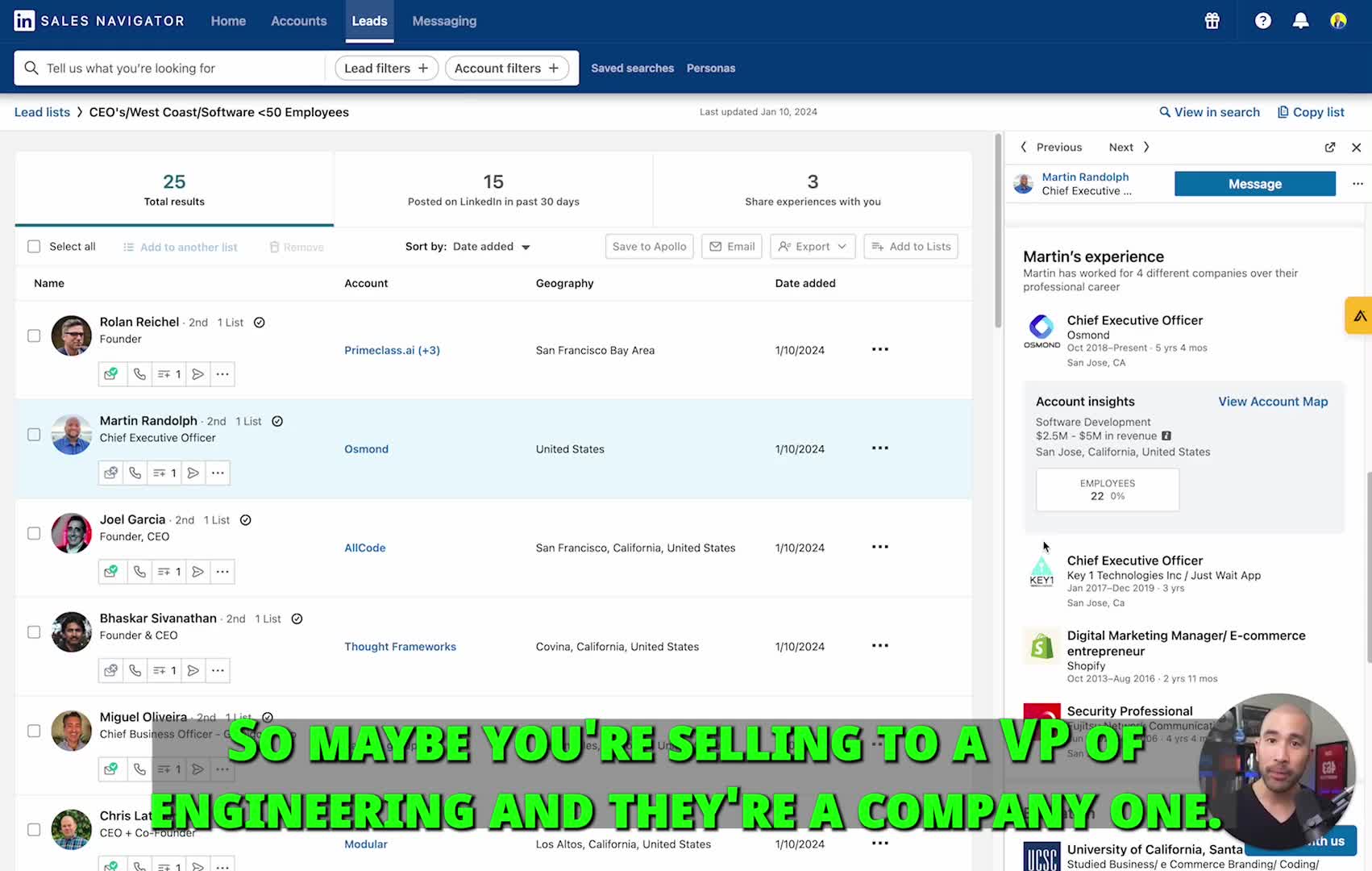B2B marketing
B2B marketing, or business-to-business marketing, is a specialized approach focused on promoting products or services from one business to another, rather than directly to individual consumers. This type of marketing is essential for organizations that serve other businesses—such as producers, resellers, government entities, and institutions. Unlike B2C (business-to-consumer) marketing, which largely targets individual buyers, B2B marketing emphasizes understanding the specific needs and challenges of businesses, often involving complex decision-making processes with multiple stakeholders. As businesses strive to engage effectively within this competitive landscape, understanding B2B lead generation strategies, content marketing strategies, and sales funnel optimization becomes paramount. Recently, the B2B marketing landscape has evolved to incorporate advanced technologies and methodologies, such as artificial intelligence (AI) for hyper-personalization and predictive analytics. This evolution enables businesses to create tailored experiences that drive customer engagement and maximize return on investment (ROI). Moreover, Account-Based Marketing (ABM) has emerged as a dominant strategy, employing multi-channel campaigns across platforms like email and social media to target high-value accounts efficiently. As data privacy regulations increase, ethical marketing practices have become increasingly significant, requiring businesses to adopt consent-driven and transparent data collection methods. In this dynamic environment, companies must develop agile marketing plans that align with overarching business objectives, focusing on building trust and generating quality leads while adapting to rapid changes in buyer behavior.
How can LinkedIn Account Based Marketing (ABM) bridge the gap between sales and marketing teams?
LinkedIn ABM bridges the sales-marketing gap by aligning both teams on high-value accounts that convert. The strategy starts with defining your Ideal Customer Profile (ICP) based on patterns among successful customers and organizing prospects into three tiers. Tier 1 includes high-value enterprises needing deep personalization, Tier 2 represents mid-market core customers, and Tier 3 comprises lower-priority but valuable smaller businesses. This structured approach ensures proper resource allocation, with personalized outreach for top accounts and automated engagement for lower tiers. When combined with LinkedIn ads to warm up prospects, LinkedIn ABM creates a cohesive strategy that eliminates blame between departments and focuses efforts on accounts with the highest conversion potential.
Watch clip answer (12:23m)How do you effectively use LinkedIn Sales Navigator for targeted account-based marketing?
LinkedIn Sales Navigator enables highly targeted account-based marketing by starting with your target accounts list. First, build account lists of companies you want to pursue, then use lead filters to select specific buyer personas within those companies. For example, you can create a list of SaaS companies in San Francisco, then filter for marketing decision-makers at those companies. This hyper-targeted approach allows you to identify specific individuals for outreach. The "five by five by five rule" is recommended - selecting five companies, identifying five decision-makers at each, and leaving five meaningful comments on their posts before sending connection requests. This strategic engagement method helps salespeople quickly build relationships with the right decision-makers and generate results efficiently.
Watch clip answer (02:19m)Is LinkedIn Sales Navigator worth the investment for B2B sales professionals?
LinkedIn Sales Navigator is definitely worth the investment for B2B sales professionals. According to the expert, it costs under $100 per month and provides significant value, especially when closing B2B deals. Just one successful deal can easily recoup the monthly subscription cost. The platform offers powerful features like account mapping, lead list building, and customized alerts that notify you of important trigger events such as job changes, company news, and profile views. These features help sales professionals build targeted prospect lists, maintain engagement with leads, and identify optimal times to reach out, ultimately improving conversion rates and sales efficiency.
Watch clip answer (07:12m)What is Account-Based Marketing (ABM) and how does it differ from demand generation?
Account-Based Marketing (ABM) is a targeted strategy that identifies high-value accounts and engages their buying teams with personalized marketing content and communications tailored to their needs. The goal is to increase sales, revenue and ROI by focusing on specific accounts rather than casting a wide net. ABM stands in contrast to demand generation, which is an older, broader approach that collects leads using advertising to foster general interest. While demand generation casts a wider net to find leads quickly, ABM is inherently slower and more expensive but more targeted - often described as 'fishing with spears versus fishing with nets.' ABM fundamentally brings marketing personnel into the sales process, requiring collaboration between sales and marketing teams.
Watch clip answer (04:35m)What are the key ways SaaS brands can generate leads?
According to TK, there are three key ways SaaS brands can generate leads to reach potential customers. The first principle is leveraging your existing network and customers, which is how most founders and companies typically get their start in lead generation. This approach utilizes connections you already have established. This strategy helps SaaS brands begin their customer acquisition journey by tapping into pre-established relationships rather than starting from scratch. It represents the foundation of a scalable lead generation framework that can later be expanded with more advanced techniques.
Watch clip answer (00:19m)How do you handle the objection that your product is too expensive?
When facing price objections, it's crucial to understand that it's not about the price tag itself, but rather about the value or perceived lack of value that your prospect sees. Instead of defending the price, focus on highlighting the undeniable value and return on investment the buyer will receive. A effective approach is to directly address this by saying, "If I can show you a strong ROI that you could expect from working with us, would it make sense to continue this conversation?" This reframes the discussion from cost to value, bringing buyers back to a logical thought process of investing X to generate Y.
Watch clip answer (04:34m)




